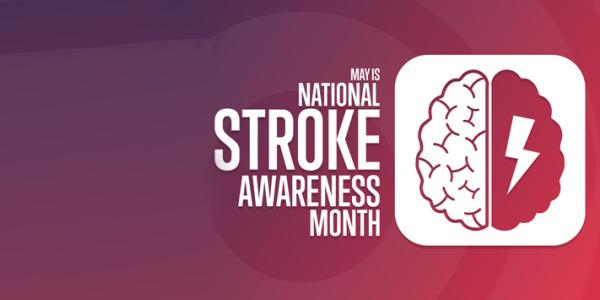
Every 40 seconds, someone in the US has a stroke. With 1.9 million brain cells lost with every passing minute during a stroke, it's imperative to recognize the symptoms.
In the United States, more than 795,000 people experience a stroke each year. Roughly 610,000 of these are first or new strokes. The good news? It's much less common to die of a stroke now than in the past. The key is in understanding what to do and acting immediately. Keep reading to learn the signs and symptoms and how utilizing the acronym G.F.A.S.T. can help when you or a loved one is experiencing a stroke.
Skip
What is a stroke?
An ischemic stroke — the most common type — occurs when the blood supply to part of the brain is interrupted or reduced. This prevents brain tissue from getting oxygen and nutrients. In a matter of minutes, brain cells begin to die rapidly. In fact, 1.9 million brain cells are lost with every passing minute during a stroke — which is why it's absolutely critical that you act as quickly as possible.
Signs and symptoms of stroke
- Difficulty speaking. You may slur words and have difficulty speaking.
- Reduced comprehension. It may become difficult to understand communication and form thoughts.
- Paralysis or numbness. You may develop sudden numbness, weakness or paralysis in the face, arms or legs.
- Sudden blurred vision. You may suddenly have blurred, blackened or doubled vision in one or both eyes.
- Headache. A sudden, severe headache — which may be accompanied by vomiting or altered consciousness — may indicate that you are having a stroke.
- Trouble walking. You may experience dizziness and loss of balance.
Remember G.F.A.S.T.
The fact of the matter is that 80% of strokes are preventable. And many of the ones that take place are treatable with the right care. In fact, immediate treatment of stroke drastically reduces the likelihood of death or permanent disability. It comes down to knowing what to do and taking immediate action. Use the acronym G.F.A.S.T. to recognize a stroke and act:
G: Gaze. Check for limitation in ability to look in one direction, without the ability to look the other way.
F: Face Drooping. Is one side of the face drooping or numb? When asked to smile, is the smile uneven?
A: Arm Weakness. Do they have weakness or numbness in one arm or leg? Are they unable to raise one arm? Does one arm drop down?
S: Speech Difficulty. Is their speech slurred or unclear? When you ask the person to repeat a simple phrase, is it repeated incorrectly or are they unable to understand you?
T: Time to call 911. If you notice any of these symptoms, or suspect a stroke, even if the symptoms go away, call 911, report that there are signs of stroke and note the time when the first symptoms appeared.
At El Camino Health, our stroke care experts will act quickly to evaluate your symptoms and start treatment. If you or someone you know is having a stroke, please call 9-1-1.
This article first appeared in the May 2022 edition of the HealthPerks newsletter.

